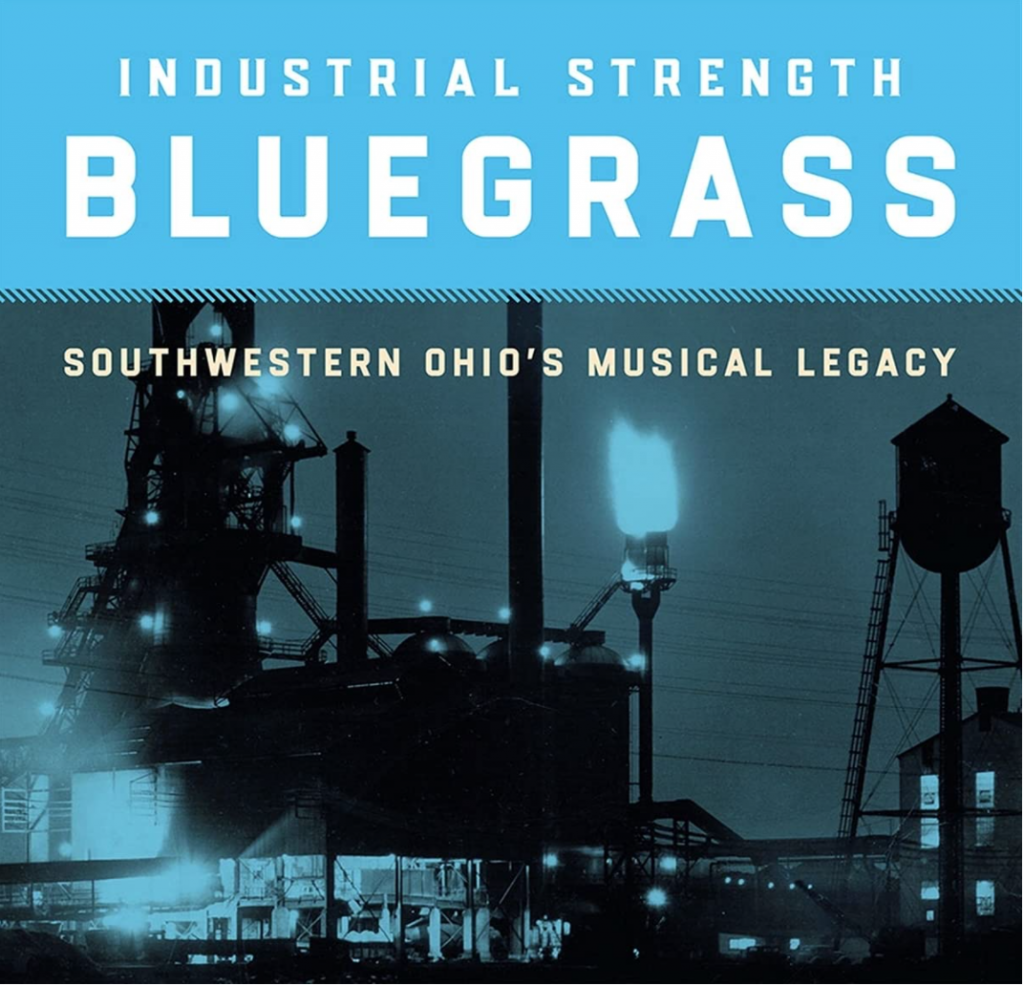Culture
Joe Mullins told WOUB about working with Smithsonian Folkways to preserve bluegrass’ Ohio history and his upcoming Industrial Strength Bluegrass Festival
By: Emily Votaw
Posted on:
Bluegrass has deep roots in Southwestern Ohio.
The genre was brought into the region by hopeful Appalachian migrants drawn by the promise of post-World War II industrial economic opportunity to places like Cincinnati, Dayton, Hamilton, Middletown, and Springfield. Between the years of 1947 and 1989, these migrants fostered a flourishing bluegrass scene, forever transforming the soundscape of American popular music in the process.
Earlier this year, Smithsonian Folkways released “Industrial Strength Bluegrass: Southwestern Ohio’s Musical Legacy,” a 16-track album dedicated to this revolutionary time in music history. The record release, alongside the publication of a book of the same name by the University of Illinois Press edited by Fred Bartenstein and Curtis W. Ellison, is a part of the Miami University of Ohio’s Appalachian Studies Department’s ongoing Southwestern Ohio Bluegrass Music Heritage Project.
The record, produced by longtime bluegrass musician and radio broadcaster, Joe Mullins, was named the 2021 Album of the Year by the International Bluegrass Music Association and features renditions of bluegrass classics by the likes of Country Music Hall of Famers the Oak Ridge Boys and Vince Gill, Bluegrass Hall of Famer Bobby Osborne, and many more.

Mullins’ father, fiddler and longtime radio personality Paul “Moon” Mullins, was one of the Appalachian migrants whose bluegrass legacy is honored by “Industrial Strength Bluegrass.”
Joe Mullins expressed nothing but appreciation for the opportunity to be a part of crystallizing his culture’s musical impact on Southwest Ohio.
“The Appalachian migration brought families to the region from Kentucky predominantly, but also from West Virginia, Virginia, east Tennessee, the Carolinas — to the industrial jobs in Cincinnati, Dayton, Middletown, Hamilton, Springfield, all these towns up and down the greater Miami Valley needed workers by the thousands after World War II and those Appalachian migrants filled those jobs,” he said. “So many of those migrants brought banjos and fiddles and guitars with them — and whether it was the honky-tonks near these industries on Saturday nights or neighborhood churches on Sunday mornings, bluegrass music really started growing here.”
Mullins said bluegrass grew enormously popular throughout Southwest Ohio because of the emotional resonance it had with those who had migrated north from the hills and hollers of Appalachia.
“Bluegrass songs oftentimes convey loneliness, desperation. Emotions that would be familiar to those Appalachian migrants. They were in a foreign land. They had left a couple of hundred miles behind all they’d known in their young years — and many had young families that were away from from grandparents and familiar surroundings,” said Mullins. “And to hear music that they could relate to on radio, or to be able to clock out after a hard shift at a factory and go hear banjos and fiddles and mountain music at a nightclub — it was a taste of home and it rejuvenated and energized those people. I know from personal experience because my parents were those migrants when I was a kid in the ’60s. My dad was blessed to develop a cult-like following on the radio. When I was growing up in the ’60s and ’70s, the station out of Middletown reached all of Cincinnati and Dayton and the surrounding region. And to those ‘displaced hillbillies,’ if you will, my dad was a real hero because he spoke of things that they understood and he played music that spoke to their hearts and souls.”
“Bluegrass songs oftentimes convey loneliness, desperation. Emotions that would be familiar to those Appalachian migrants. They were in a foreign land. They had left a couple of hundred miles behind all they’d known in their young years — and many had young families that were away from from grandparents and familiar surroundings. And to hear music that they could relate to on radio, or to be able to clock out after a hard shift at a factory and go hear banjos and fiddles and mountain music at a nightclub — it was a taste of home and it rejuvenated and energized those people.” – Joe Mullins
Thanks in part to the project, this year Mullins has rechristened the Southern Ohio Indoor Music Festival, which he created in 2003, as the Industrial Strength Bluegrass Festival. The festival will take place Thursday, November 11 through Saturday, November 13 at the Roberts Convention Centre in Wilmington, OH.
“We’re excited to be back, and to highlight the Industrial Strength Bluegrass album, as well as Ohio’s bluegrass history and the current bluegrass artists that are just killing it these days,” Mullins said.
Find the full lineup for the 2021 Industrial Strength Bluegrass Festival as well as information on tickets and more at industrialstrengthbluegrass.com.

